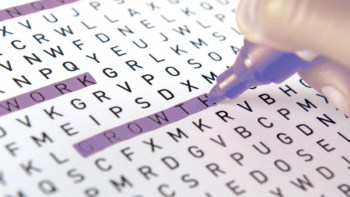
If you’ve ever tried to remain friends with both halves of a couple going through a nasty divorce, or hung out with a crowd of mutuals that also includes someone you can’t stand, you’ll know what an unbalanced social network feels like.
You’ll probably also sympathize with the 20th-century social psychologist Fritz Heider, who theorized that humans strive to avoid such awkward, unbalanced situations, and instead favour “balanced” networks that obey rules like “the friend of my friend is also my friend” and “the enemy of my enemy is my friend”.
But striving and favouring aren’t the same thing as achieving, and the question of whether real-world social networks exhibit balance has proved surprisingly hard to answer. Some studies suggest that they do. Others say they don’t. And annoyingly, some “null models” – that is, models used to assess the statistical significance of patterns observed in real networks – fail to identify balance even in artificial networks expressly designed to have it.
Two physicists at Northwestern University in the US now report that they’ve cracked this problem – and it turns out that Heider was right. Using data collected from two Bitcoin trading platforms, the tech news site Slashdot, a product review site called Epinions, and interactions between members of the US House of Representatives, István Kovács and Bingjie Hao showed that most social networks do indeed demonstrate strong balance. Their result, they say, could be a first step towards “understanding and potentially reducing polarization in social media” and might also have applications in brain connectivity and protein-protein interactions.
Positive and negative signs
Mathematically speaking, social networks look like groups of nodes (representing people) connected by lines or edges (representing the relationships between them). If two people have an unfriendly or distrustful relationship, the edge connecting their nodes carries a negative sign. Friendly or trustful relationships get a positive sign.
Under this system, the micro-network described by the statement “the enemy of my enemy is my friend” looks like a triangle made up of one negative edge connecting you to your enemy, another negative edge connecting your enemy to their enemy, and one positive edge connecting you to your enemy’s enemy. The total number of negative edges is even, so the network is balanced.
Complicating factors
While the same mathematical framework can be applied to networks of any size and complexity, real-world social networks contain a few wrinkles that are hard to capture in null models. One such wrinkle is that not everyone knows each other. If the enemy of your enemy lives overseas, for example, you might not even know they exist, never mind whether to count them as a friend. Another complicating factor is that some people are friendlier than others, so they will have more positive connections.

‘Social networks’ could tease new particles out of collider data
In their study, which they describe in Science Advances, Kovács and Hao created a new null model that preserves both the topology (that is, the structure of the connections) and the “signed node degree” (that is, the “friendliness” or otherwise of individual nodes) that characterize real-world networks. By comparing this model to three- and four-node mini-networks in their chosen datasets, they showed that real-world networks are indeed more balanced than would be expected based on the more accurate null model.
So the next time you have to choose between two squabbling friends, or decide whether to trust someone who dislikes the same people as you, take heart: you’re performing a simple mathematical operation, and the most likely outcome will be a social network with more balance. Problem solved!



